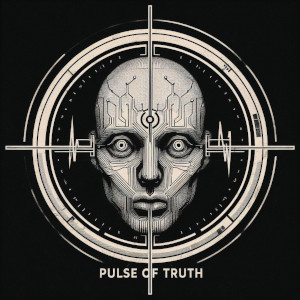I’ve been using a tshort dactyl manuform 4x6 for 5 years now, having never planned to use it for even 1 year. I only commonly use the two innermost thumb keys; I didn’t think I would like the thumb cluster from watching a video of someone typing on it, and I indeed don’t like the thumb cluster. The switches are Kailh Brown; one of them started to stutter and I replaced it with … a TTC Brown or some such.
I’ve printed, but not finished, a Splaytyl. I think it’s going to feel nice, but it’s only 4x5, and I’m nervous about not having Tab and Enter on the base layer.



mango jelly solutions videos. Nothing specific about Solidworks there, just good tutorials.